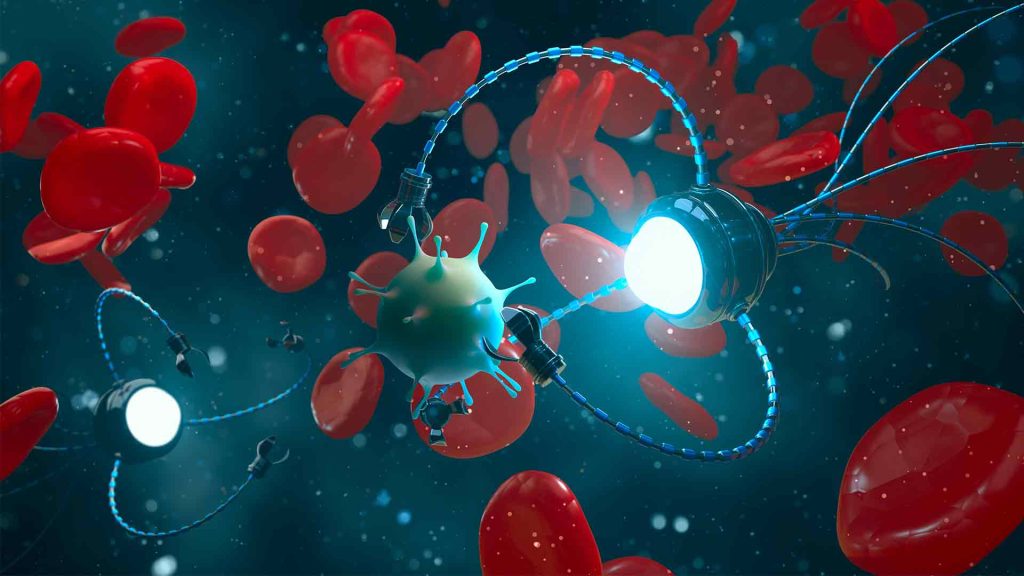Boron Nitride Applications in Health

Boron nitride is a layered molecular crystal with a hexagonal regular network structure composed of the third main group element boron and the fifth main group element nitrogen. In the molecular crystal layer, boron atoms and nitrogen atoms are combined by coordination bonds, and the coordination bond binding force is very strong, so the B atoms and N atoms in the layer are tightly bound. The layers are connected by molecular bonds. Since the molecular bonds are weak, it is very easy to fall off between the layers.
According to the different crystal forms, the crystal structure of boron nitride can be mainly divided into four types: hexagonal boron nitride (h-BN), cubic boron nitride (c-BN), wurtzite boron nitride (w-BN) and rhombohedral boron nitride (r-BN). Among them, hexagonal boron nitride (h-BN) is the most widely used.
Application of Boron Nitride in the Biomedical Field
BN has good biocompatibility in vitro and in vivo, and has similar or even superior properties of graphene-based materials in biological applications. It can be used in antibacterial, drug delivery, boron delivery agent, tissue engineering, in vivo imaging and other fields.
(1) Antibacterial
Recently, some studies have found that boron nitride nanosheets have effective antibacterial effects on antimicrobial resistance (AMR) bacteria, and have good biocompatibility in the body without causing secondary drug resistance during long-term use.
(2) Drug delivery
h-BN is also considered to be a promising drug carrier. Hexagonal boron nitride nanosheets (BNNSs) were synthesized in large quantities at one time by the salt template method, and effectively inhibited the proliferation of breast cancer in in vivo and in vitro experiments, indicating the potential of BNNSs in drug delivery applications. Some studies have found that using spherical BN as a carrier, deoxyribonucleic acid-loaded brain natriuretic peptide penetrates into tumorous IAR-6-1 cells through the endocytosis pathway, and then releases DOX into the cytoplasm and nucleus, thereby targeting and killing cancer cells.
(3) Tissue engineering
In the field of dental materials, BNNs were prepared by high-energy ball milling and dispersed in a zirconia matrix, and the composite powder was consolidated by plasma sintering. Zirconia with added BNNs showed a strength of up to 27.3% and a fracture toughness of 37.5%, and inhibited the degradation of the zirconia matrix in a humid environment, demonstrating the potential value of BNNs as a dental material reinforcement.
(4) Boron delivery agent
Due to its high boron content and low cytotoxicity, Boron nitride nanomaterials can be used as boron delivery agents for boron neutron capture therapy (BNCT). BNCT is a new type of specific radiation cancer treatment that can target and kill cancer cells without harming normal cells. Boron nitride nanotubes modified with polyethylene glycol have been shown to be boron delivery agents for BNCT. The boron accumulation in B16 melanoma cells is about three times that of the second-generation boron delivery agent BSH (disodium thiododecaborane). Boron nitride nanotubes modified with polylysine and folic acid are selectively taken up by glioblastoma multiforme cells after coupling with fluorescent quantum dots. They can not only be used as boron delivery agents for BNCT, but also can trace the intracellular behavior of drugs. Boron nitride nanospheres have also been reported to be a high-quality boron reservoir for the treatment of prostate cancer. Boron nitride with controllable crystallinity can continuously release boron, thereby reducing the activity of prostate cancer cells and inducing cell apoptosis. The in situ tumor model confirmed the in vivo anti-cancer efficacy of hollow boron nitride spheres.













